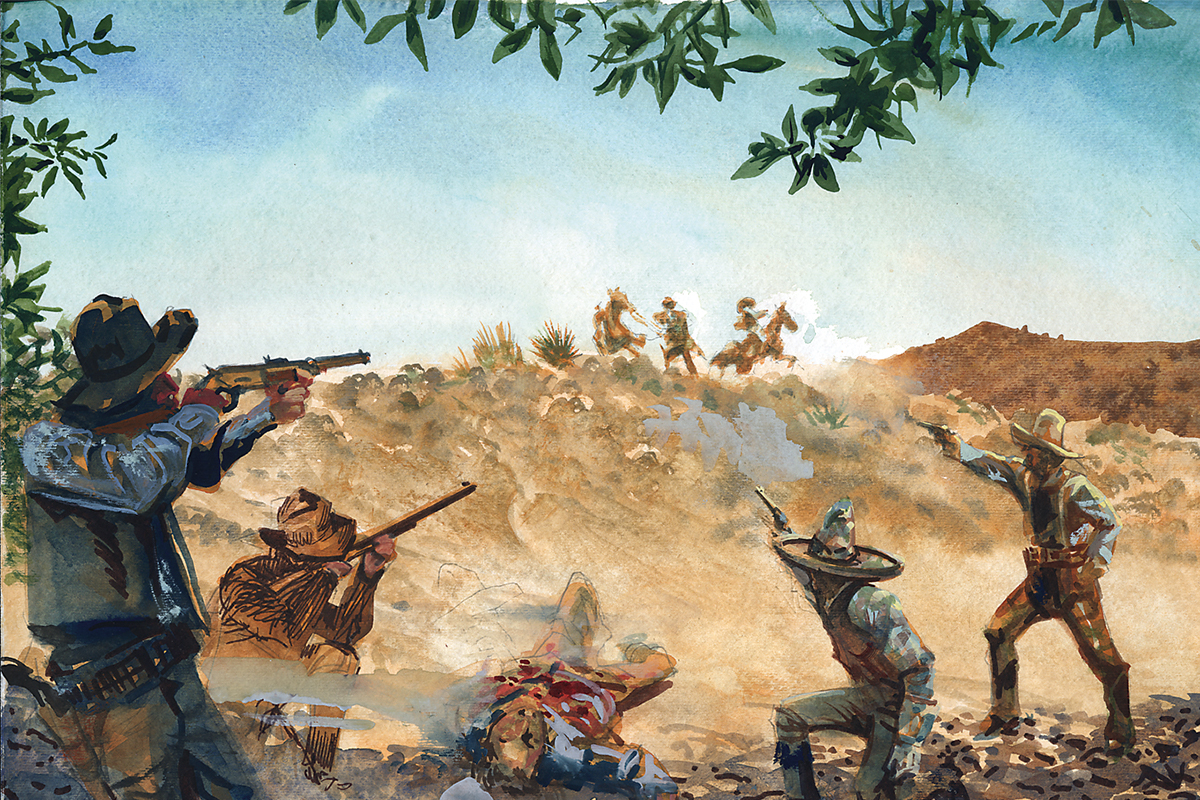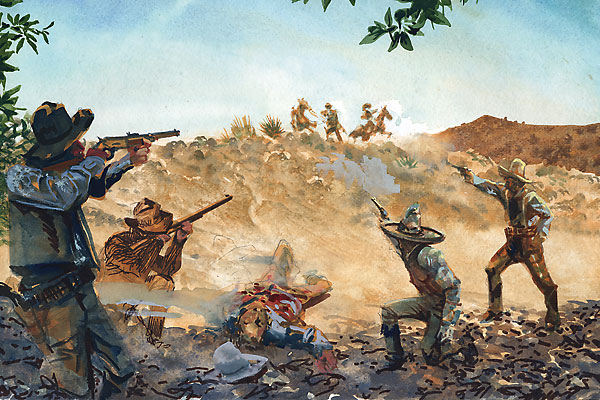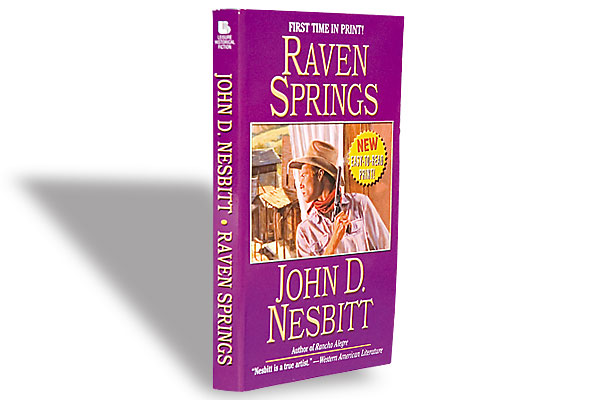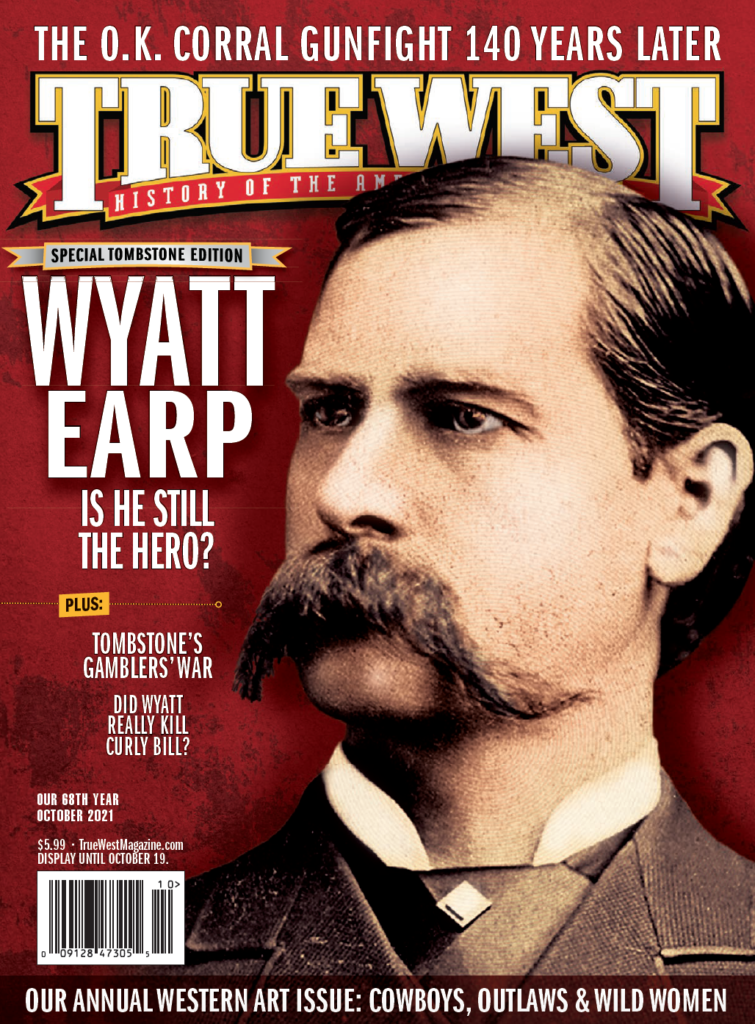Wyatt Earp vs. Curly Bill Brocius
March 24, 1882
Map by Gus Walker
Based on the research of Bill Evans
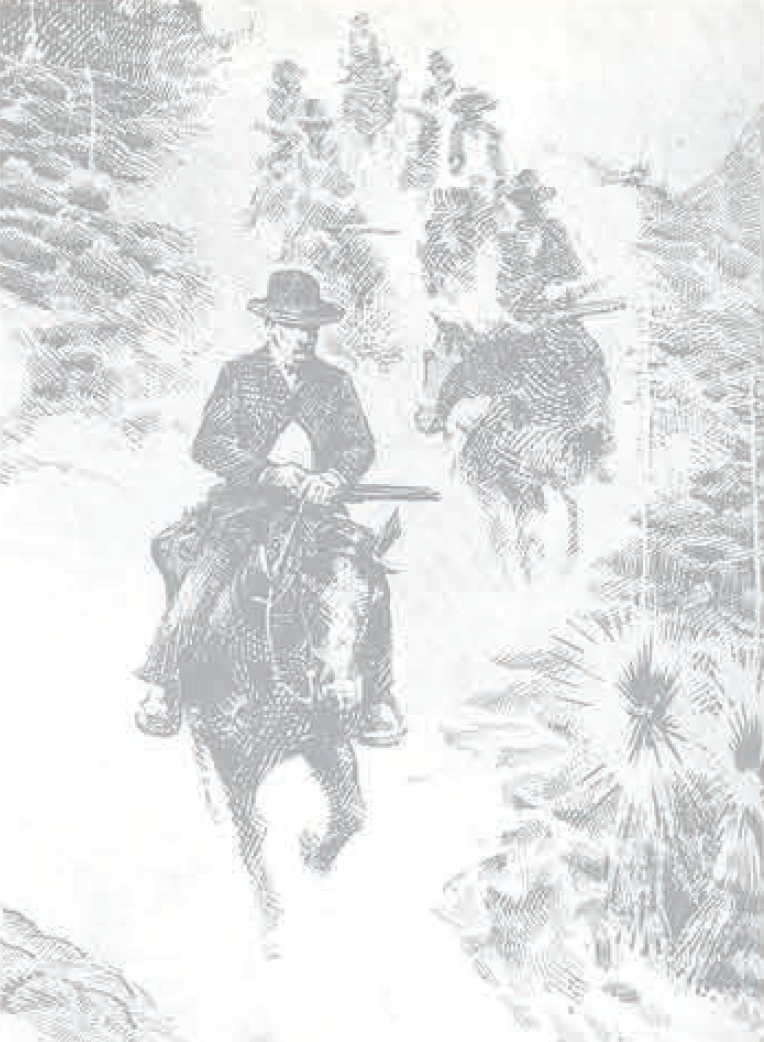
Wyatt Earp and his men take breakfast north of Contention, Arizona, on the San Pedro (see map, opposite page), then ride south toward the Babocomari River to scout out possible hiding places of various criminals.
Leaving his brother Warren on the trail to meet a courier, Wyatt, Doc Holliday, Sherm McMasters, Texas Jack Vermillion and Turkey Creek Jack Johnson ride up a rocky canyon into the Whetstones. Seeing no sign of recent riders, Earp loosens the gunbelt around his waist. Horses and men are weary and hot.
The trail they are on is about 100 yards from the waterhole, and it cuts across a deep, sandy shelf. They can only see the tops of the cottonwood trees, as the 15-foot-high bank hides the springs from their view. Across this sandy stretch, Wyatt rides, coat unbuttoned, six-guns sagging low, Winchester in the saddle boot, Wells Fargo shotgun and ammunition belt looped to the saddle horn.
At the scent of water, Wyatt’s horse quickens and Wyatt lets him make his gait. Fifty feet from the spring, intuition brings Wyatt up short. He swings out of the saddle, loops the reins in his left hand with his shotgun in his right hand and walks forward. Texas Jack and Sherm ride behind Wyatt, with Doc and Turkey Creek Jack much farther to the rear. Another step gives Wyatt a full view of the hollow. Two cowboys jump to their feet, one yanking a sawed-off shotgun to his shoulder, while the other breaks for the cottonwoods.
“Curly Bill!” Sherm yells in astonishment, before wheeling his horse and retreating.
Wyatt later remembers shooting at nine cowboys who each “had a rifle at his shoulder, and every rifle blazed.” Aiming at the outlaw chieftain Curly Bill Brocius, Wyatt fires both barrels of his shotgun, fatally striking Curly Bill in the chest, almost cutting him in half.
In spite of his rapid retreat, Sherm is hit in the side and his binoculars are shot from his neck. Texas Jack’s horse is killed in the volley of cowboy fire.
Wyatt tries to remount, but his loosened gunbelt has slipped down around his thighs. Bullets tear into his hat, coat and bootheel, and his saddle horn is shot off. He finally succeeds in forking his horse and rides back to a rocky outcropping to rejoin his men. The brief, dramatic fight is over.
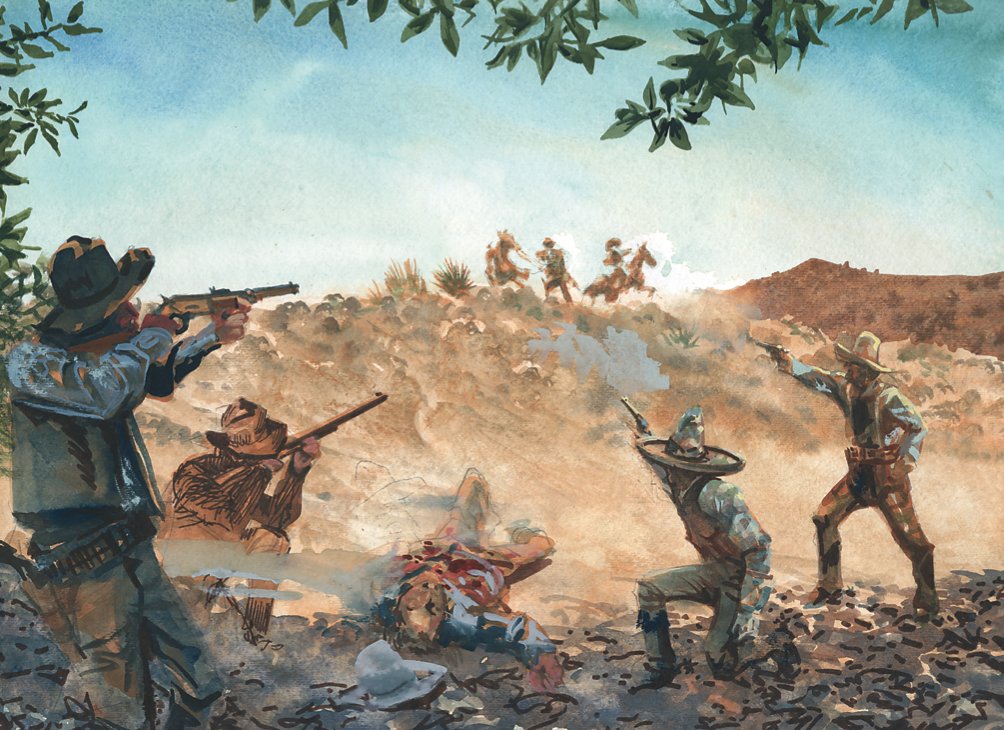
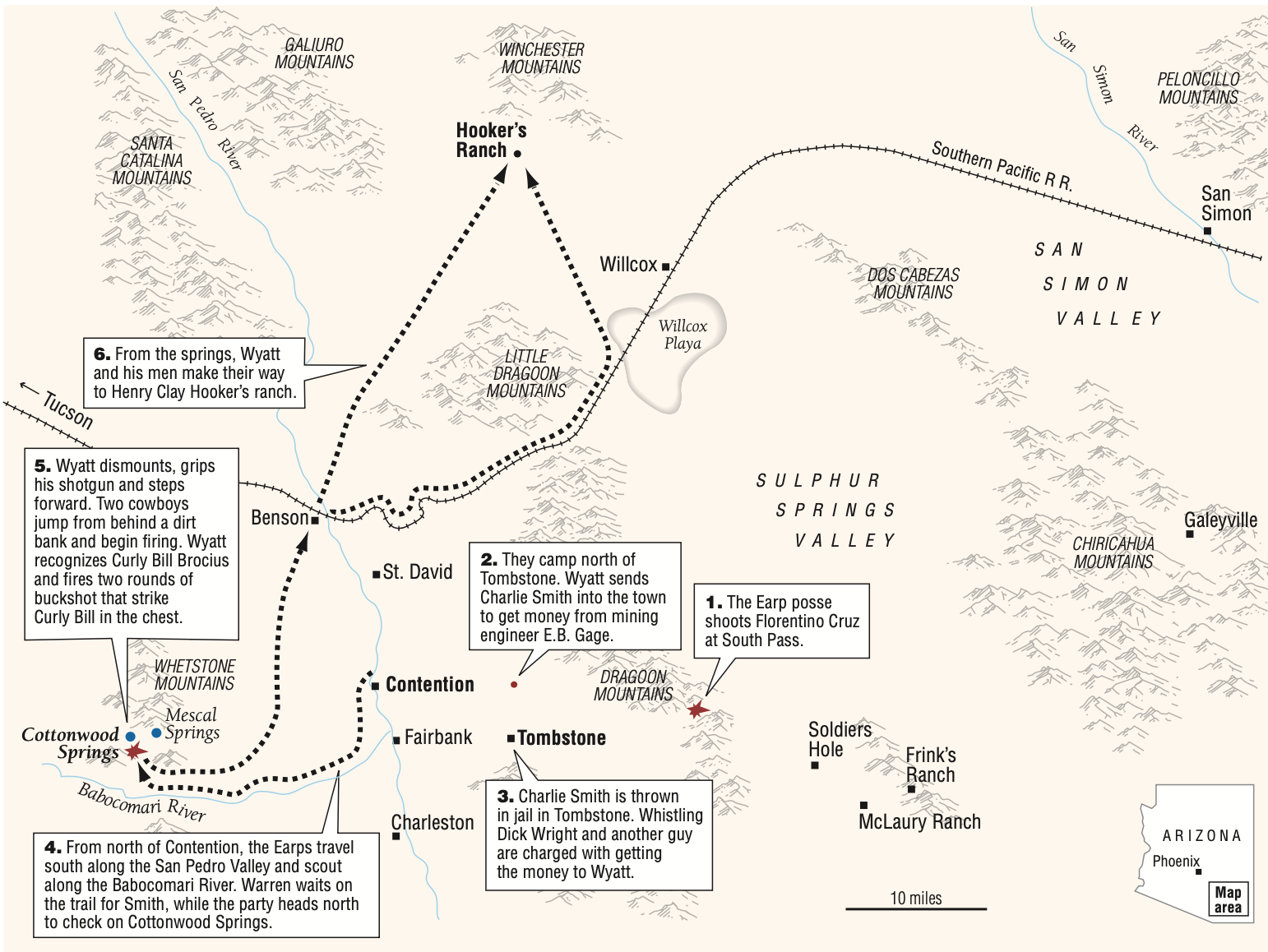
Wyatt Earp’s younger brother Morgan was assassinated in Hatch’s Pool Hall in Tombstone, Arizona, on March 18, 1882. Wyatt shot and killed one of the suspects, Frank Stilwell, at the Tucson Train Station on March 20. A fugitive from justice, Wyatt returned to Tombstone to settle up his affairs. With his six-man posse and a pocketful of warrants, Wyatt rode to South Pass and killed Florentino Cruz. Now, he and five others sweep the Babocomari area, looking for criminals, especially anyone Wyatt considers a conspirator in the killing of his brother. This leads to the confrontation at Cottonwood Springs.
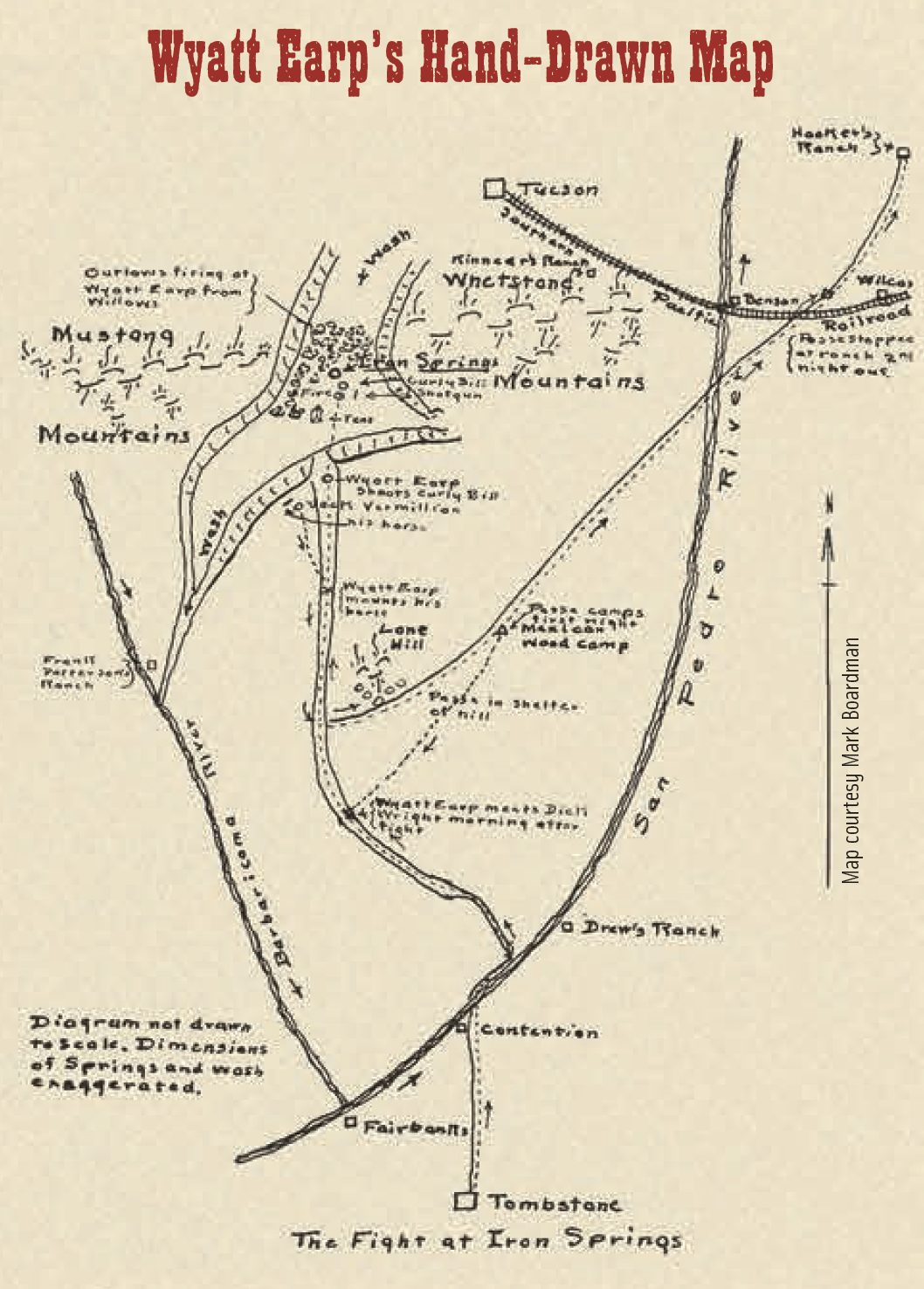
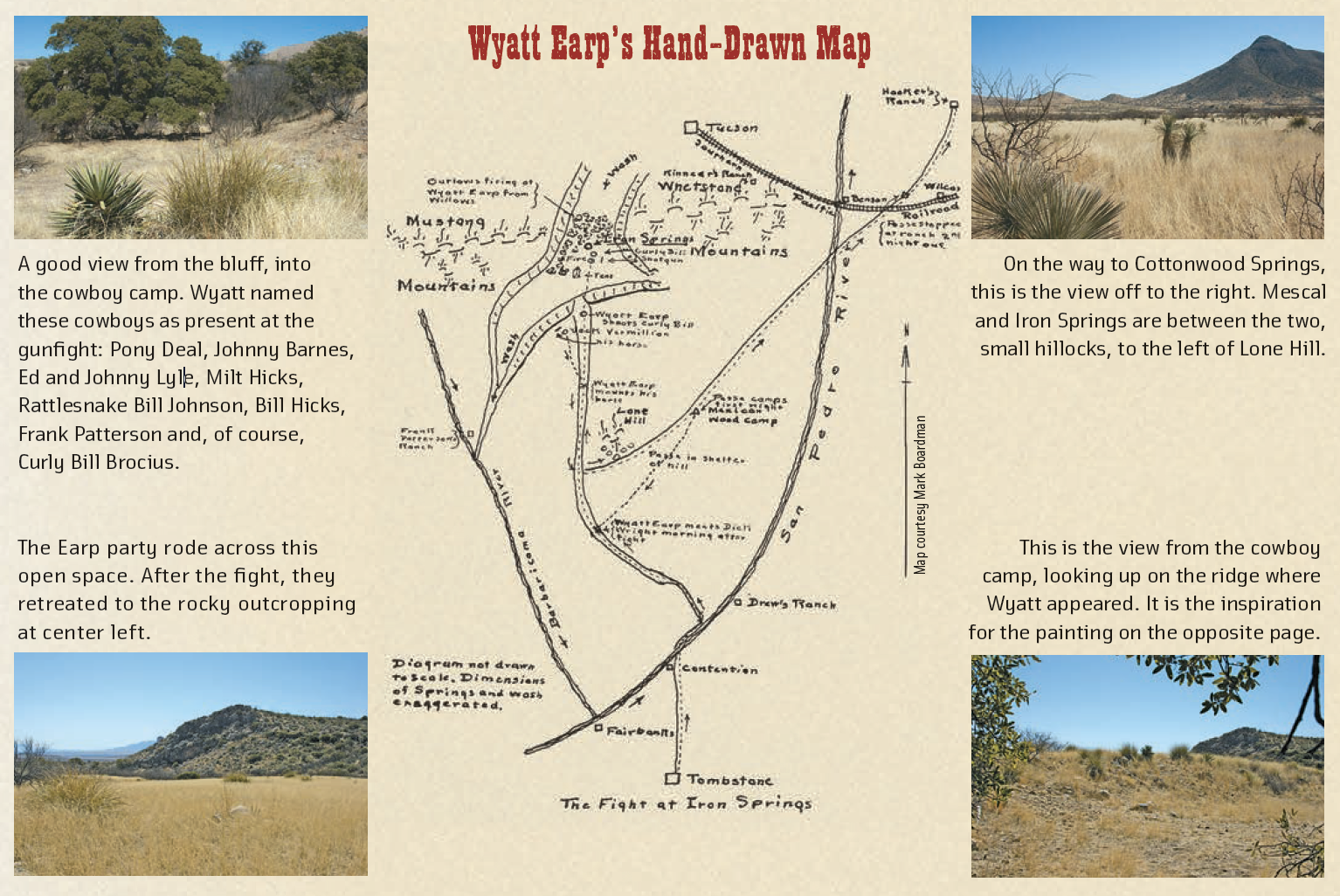
THE CASE FOR COTTONWOOD SPRINGS
For more than a century, writers have identified the site of Wyatt’s shoot-out with the cowboys as having taken place at Arizona’s Iron Springs. Later writers thought that modern maps had changed the moniker to Mescal Springs, which is actually another spring near Iron. Neither site matches Wyatt’s description of the fight. You’ll find no cottonwoods and, more important, no way to surprise someone camped at either spring. The “Lone Hill” is nearby, but it is on the wrong side of the trail from Wyatt’s map (see previous page).
At Cottonwood Springs, Lone Hill falls into place and matches Wyatt’s map. The most convincing aspect of the Cottonwood site is that you can ride up to it without being seen. The “shelf” Wyatt describes is actually a modest plateau that rises up above the gully where the spring is located.
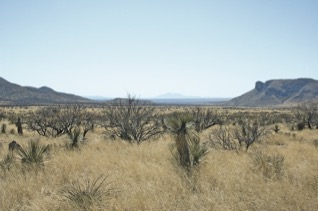
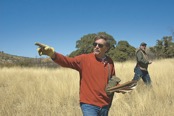
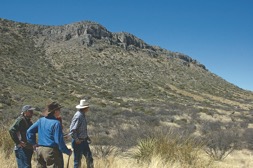
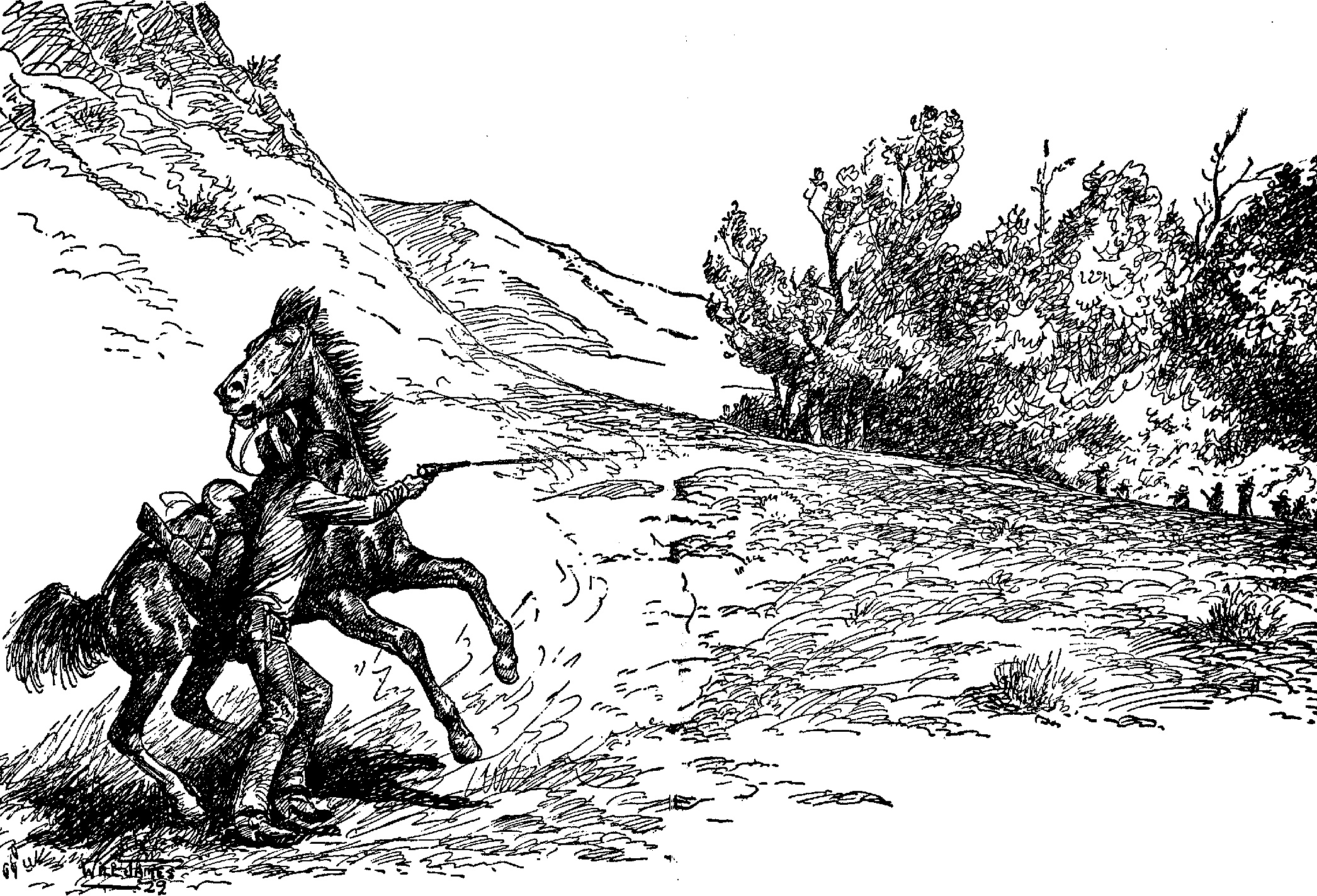
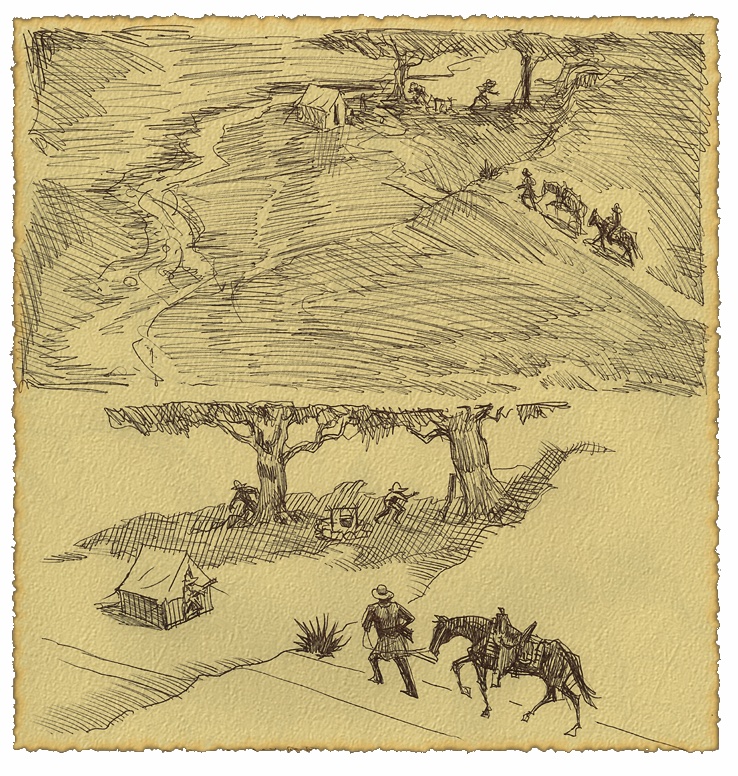
to the rocky escarpment (below).
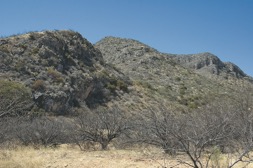
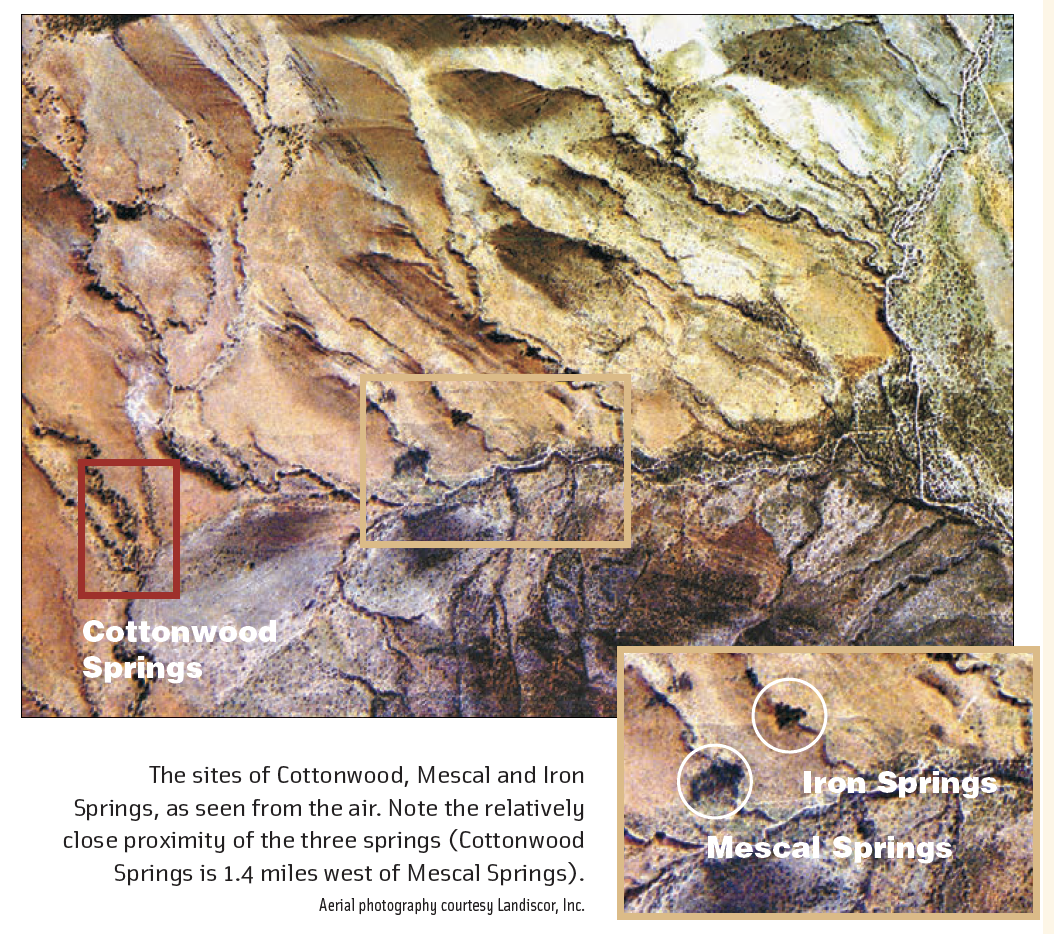
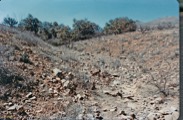
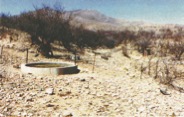
TANTALIZING CLUES TO CURLY BILL’S ALLEGED DEATH
Some historians maintain Curly Bill was not even in the area of the springs at the time of the Earp encounter; he was last seen in Shakespeare, New Mexico—90 miles away. Yet, after the gunfight took place here, Curly Bill’s young followers, Billy Grounds and Zwing Hunt, attempted to rob the Tombstone Milling and Mining Company’s office in nearby Charleston. They were obviously desperate to get out of the area; was it because their leader had just been killed? Perhaps.
For years, folks claimed to see Curly Bill in Texas, Montana, Colorado and Old Mexico. Whatever happened to Curly Bill, he is no doubt still laughing at the absurdity of our obsession with him (see painting at right).
AFTERMATH ODDS & ENDS
From Cottonwood Springs, Wyatt Earp and his men made their way to Henry Clay Hooker’s ranch, where they just missed an encounter with Johnny Behan’s posse (which had as many outlaws in it as Earp’s posse). From Hooker’s, Wyatt and his men headed to Silver City, New Mexico, where they sold their horses. They took the stage to Deming and rode on a train for Albuquerque and, ultimately, Colorado. An attempt by Arizona authorities to extradite the fugitives back to the state failed.
A newspaper war ensued between The Tombstone Epitaph, which backed Wyatt’s version of the fight, and Tombstone Daily Nugget, which offered a $1,000 reward to anyone who could prove Curly Bill Brocius had been killed. The Epitaph then countered with a $2,000 reward “if Curly Bill will present himself.” Neither reward was ever claimed.
Late in life, Wyatt claimed he could name all nine cowboys at the spring The cowboy version differed: Only four cowboys were said to be at the spring; Wyatt had fired, but his bullets didn’t strike anyone; and Curly Bill wasn’t even there.
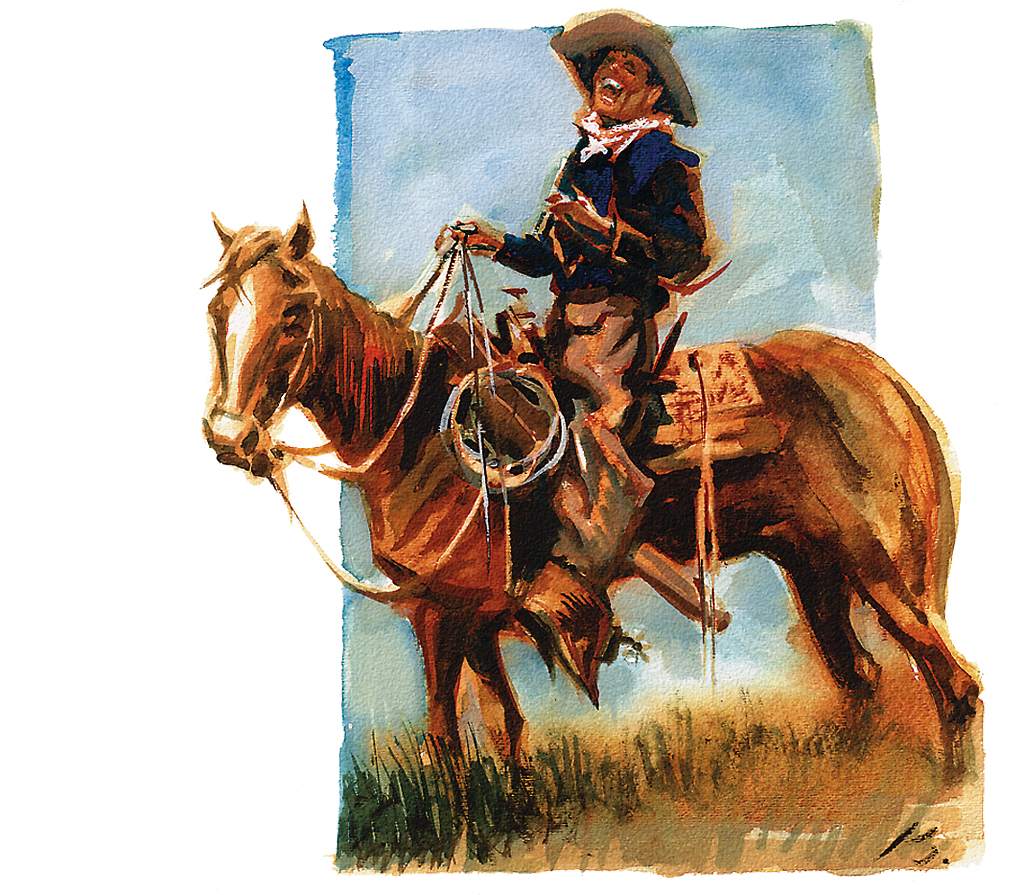
Recommended: The Illustrated Life & Times of Wyatt Earp and Classic Gunfights, Volume II: The 25 Gunfights Behind the O.K. Corral by Bob Boze Bell.

